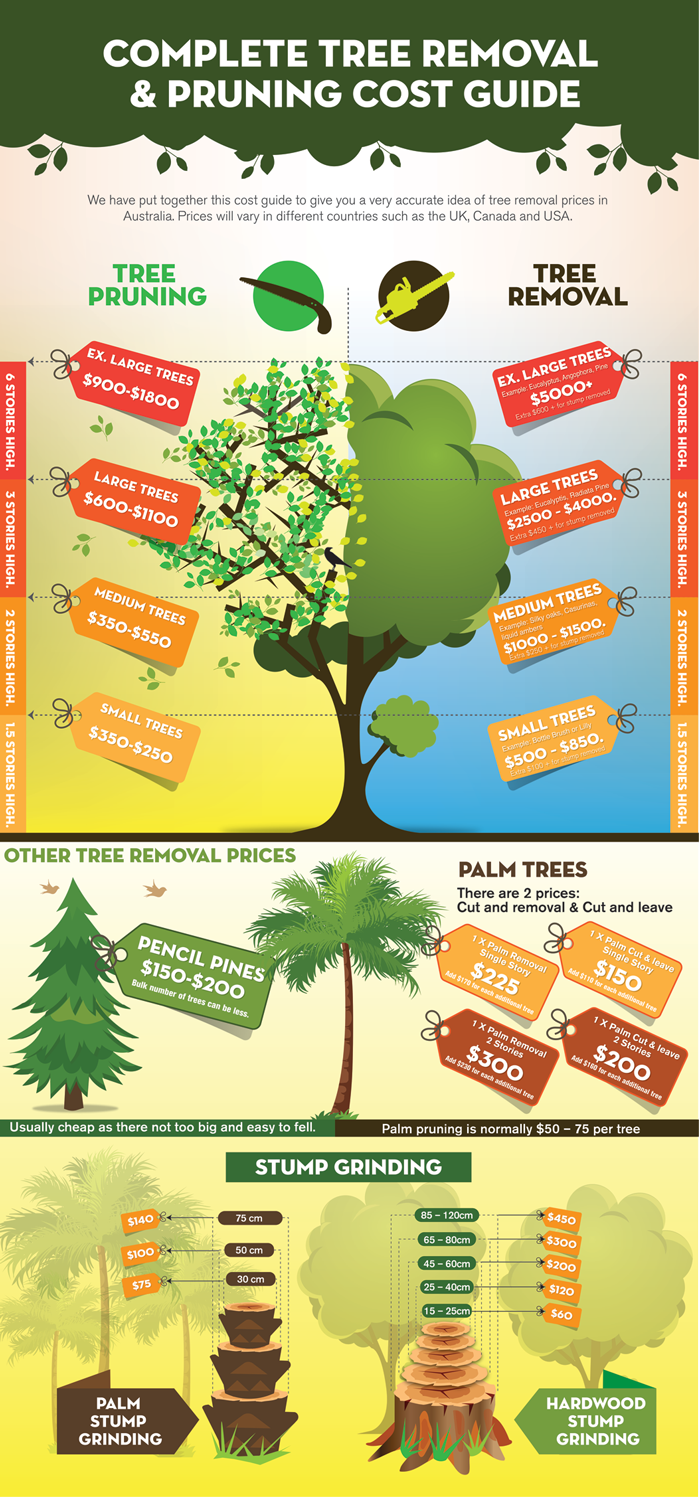Post-Tree Elimination Maintenance: Efficient Methods For Landscape Restoration
Post-Tree Elimination Maintenance: Efficient Methods For Landscape Restoration
Blog Article
Content Develop By-Graham McKinnon
After a tree's elimination, your landscape may look quite different, and it's necessary to assess the consequences very carefully. You'll want to review the dirt disruption and inspect surrounding plants for any type of indicators of tension. Ignoring these variables can result in larger problems down the line. So, what should you do with those stumps and roots? And how do you choose the best plants for your rejuvenated room? Allow's explore these crucial actions.
Assessing the Results: Assessing Your Landscape
After a tree elimination, it's vital to assess your landscape to comprehend the impact it carries your lawn.
Start by analyzing the location where the tree stood. Look for signs of dirt disturbance, and check the bordering plants for any stress and anxiety or damage.
You should additionally remember of exactly how the elimination has altered sunshine direct exposure and air flow in your yard. This shift can influence the growth of close-by plants, so it's essential to review their health and wellness.
Think about the visual aspects also; the elimination could produce an open space that you can redesign.
Lastly, think of any type of potential erosion concerns that might develop from the tree's lack. Resolving these aspects early will aid bring back balance to your landscape.
Taking care of Stumps and Origins: Choices for Removal
As soon as you have actually analyzed the results of the tree elimination, you'll likely need to take on the stump and roots left.
You have a couple of choices for elimination. One efficient approach is stump grinding, where a specialist uses a device to grind the stump to below ground level. This method leaves very little disruption to your landscape.
If you favor a DIY technique, you can use a combination of digging and chemical stump removers. Simply keep in How To Trim A Pine Tree That Is Too Tall , this procedure can take some time and initiative.
Conversely, take into consideration leaving the stump as an all-natural function, which can function as a distinct garden element or environment for wildlife.
Whatever you select, addressing the stump and origins is necessary for recovering your landscape.
Selecting the Right Plant Kingdoms for Your New Room
As you evaluate your newly removed space, choosing the right plants can significantly enhance your landscape's charm and performance.
Begin by considering the sunshine and soil conditions. For sunny locations, select drought-resistant plants like lavender or succulents. In shaded Tree Trimming Equipment For Sale , brushes and hostas prosper well.
Consider the size and growth behaviors of your plants; mix perennials and annuals for seasonal selection. Do not neglect to incorporate native types; they require less upkeep and assistance local wildlife.
Team plants in odd numbers for an extra all-natural appearance and develop layers for aesthetic deepness.
Finally, ensure you have a mix of colors and appearances to maintain your landscape dynamic throughout the seasons.
Pleased planting!
Final thought
To conclude, recovering your landscape after tree elimination is a fulfilling procedure. By evaluating https://www.pnj.com/story/news/2018/12/26/burning-your-christmas-tree-florida-forest-service-offers-these-tips/2413984002/ , resolving stumps and roots, and picking the right plants, you'll produce a flourishing environment. Do not forget to integrate erosion control steps to protect your dirt. With a little effort and treatment, you can change your area right into a vivid yard that improves your property. Welcome the opportunity to renew your landscape and appreciate the beauty of nature right in your backyard!
